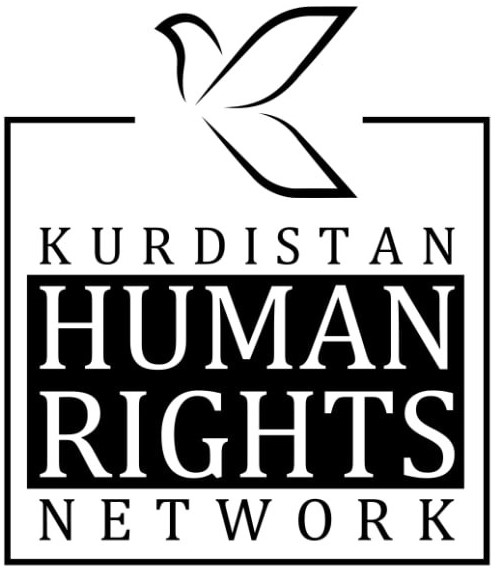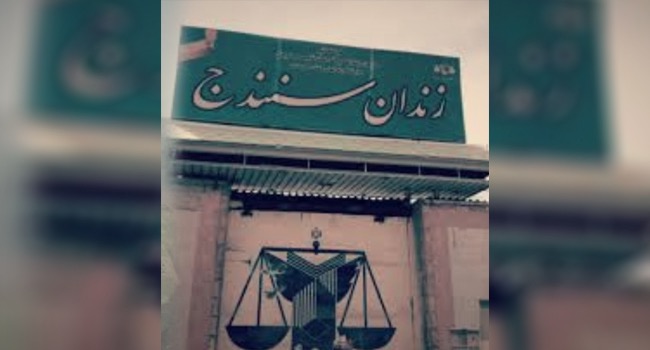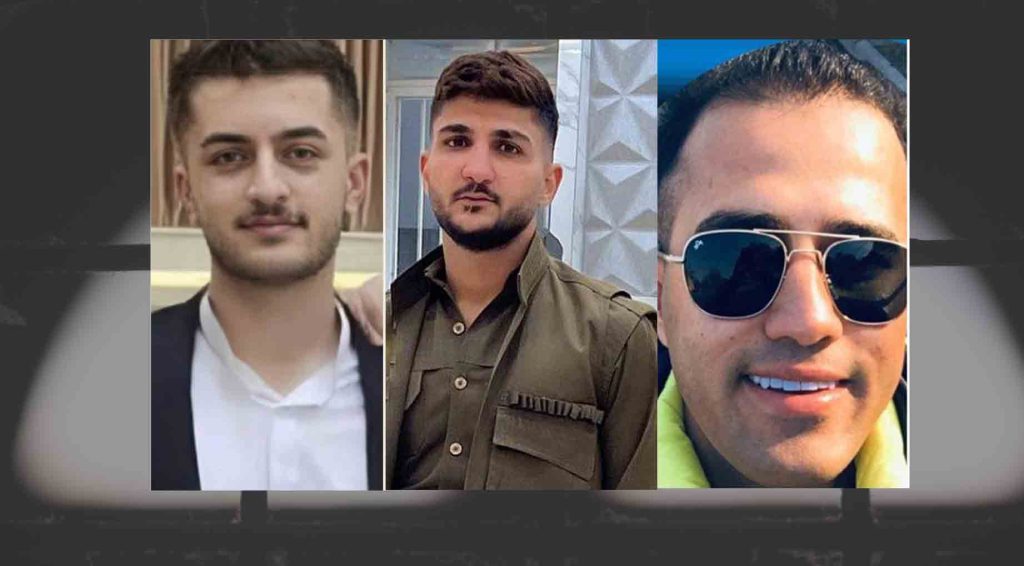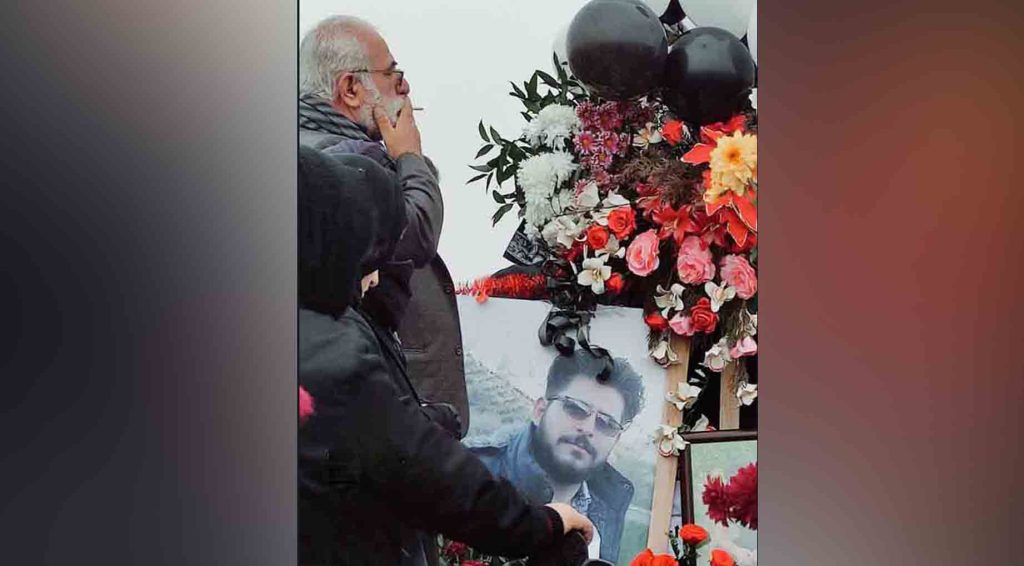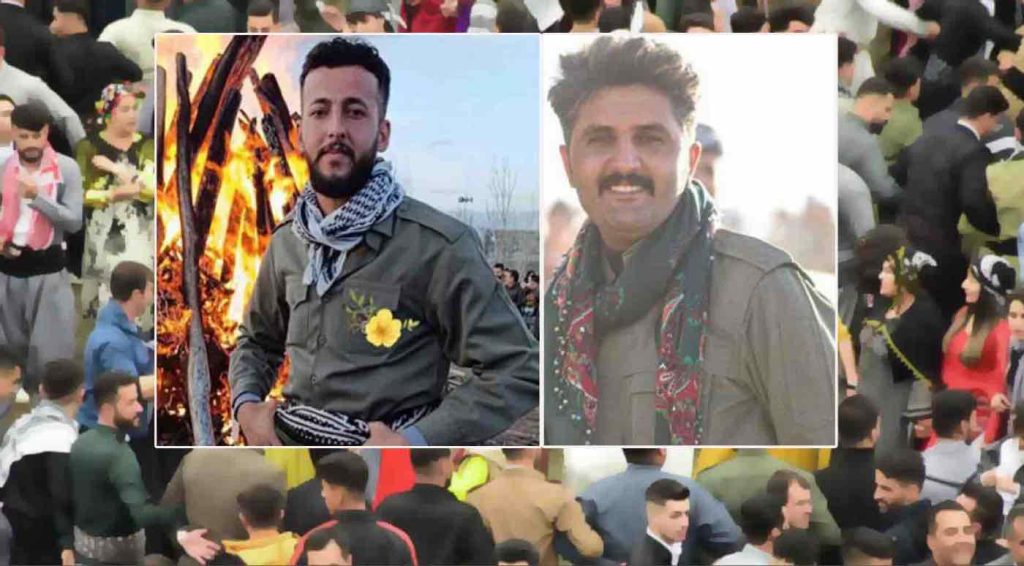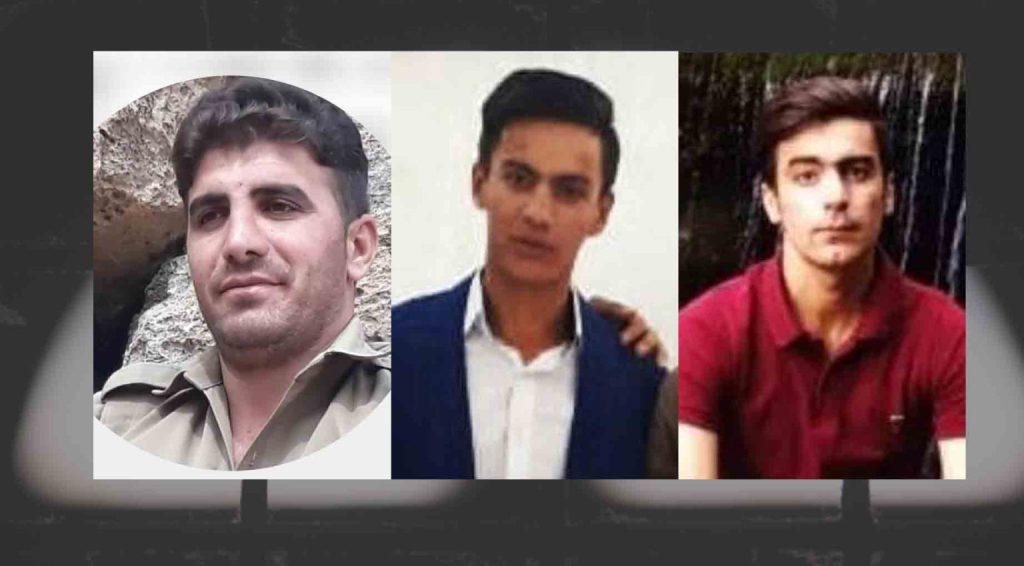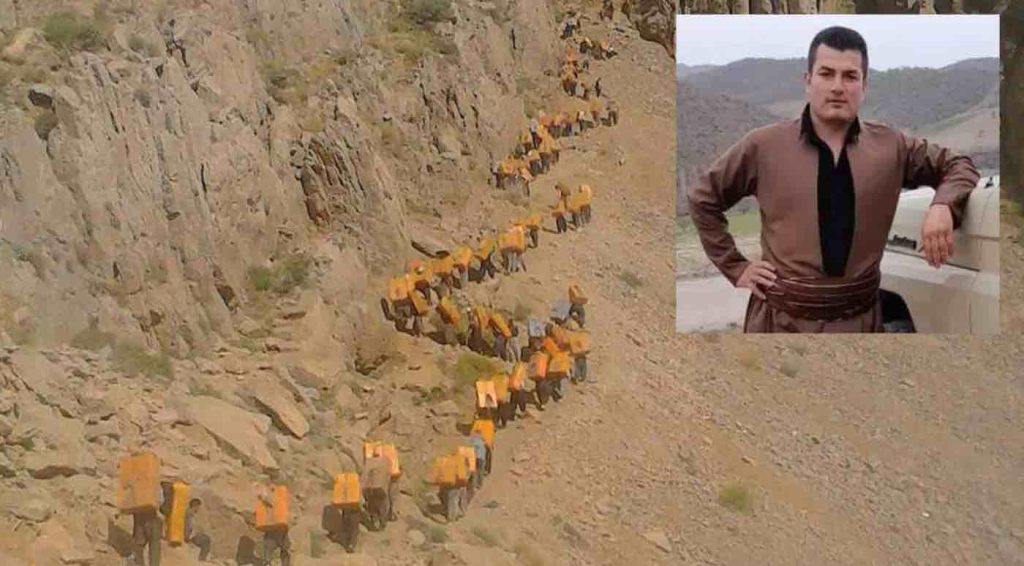Prison authorities in Sanandaj Central Prison in Kurdistan province, northwestern Iran, have taken strict security measures inside the prison following the severe suppression of protesting prisoners on 1 October.
“On 1 October, after the prisoners’ protests started, the doors of some prison wards were opened and the prisoners tried to escape from the prison. But they were severely suppressed with the intervention of the prison guards and the special guards of the Sanandaj police force”, said a source in an interview with the Kurdistan Human Rights Network (KHRN).
This source added: “During the night, the special guard forces and prison guard forces attacked the wards and severely beat the prisoners, injuring many of them. First, these forces started throwing a large amount of tear gas into the wards, causing severe breathing problems for all the prisoners. After that, they beat the prisoners.”
Reportedly, four prisoners, whose identities have not yet been determined by KHRN, have been transferred to a medical centre outside the prison due to their deteriorating physical condition. Until now, no information has been obtained about the fates of these prisoners.
In addition to the prison wards, other prison areas including the sports hall, the former clothing warehouse, solitary cells and even meeting rooms, have become the place of detention for the detainees of the recent protests.
Another source said that detainees were subjected to daily physical torture in groups, noting the seriousness of the critical conditions prevailing in Sanandaj Central Prison.
In addition, the prisoners who were accused of inciting other prisoners, have been transferred to group cells. In addition to being subjected to daily beatings, judicial cases were also filed against them.
This source further added: “Strict security measures have been taken in Sanandaj Central Prison. The prison authorities are also taking all measures to prevent the transmission of news from inside to outside. They are afraid that the release of the news of the suppression of riots inside the prison would reach the families of the prisoners and detainees and the families would gather in front of the prison.”
The KHRN had previously published a detailed report on the prisoners’ protests against the unsuitable conditions of the prison as a result of large-scale detentions made during the public protests held against the government killing of Mahsa (Zhina) Amini.
KHRN’s investigations indicate that the General Directorate for the Prisons Organisation in the Kurdistan province has formed a committee to manage the situation in cooperation with the security institutions.
The committee is headed by Mehrdad Abbasi, the head of the prison intelligence protection at the General Directorate of the Prisons Organisation of the Provinces.
Other members of the committee include Koulivand, the head of the prison security units; Amini, the head of the prison protection; Abbasi Falehgari, the head of the inspections in prison; and Mehdi Ghavvami, a prison staff member.
Mehrdad Abbasi, who used to be in charge of the prison’s intelligence protection, has been involved in the suspicious death of two ordinary crime prisoners named Khosrow Jamalifar and Aram Zamani in the past few years.
The transfer of hundreds of arrested protestors to prison has caused overpopulation in prisons and a severe lack of accommodation space, a severe reduction in food rations, a lack of necessary sanitary facilities and even a lack of supplies in the prison store.
These issues led to protests by prisoners on 1 October.
Following the transfer of the detained people to the general prison wards, the daily movement of prisoners between the wards has been prohibited and the space for keeping prisoners is very limited.
